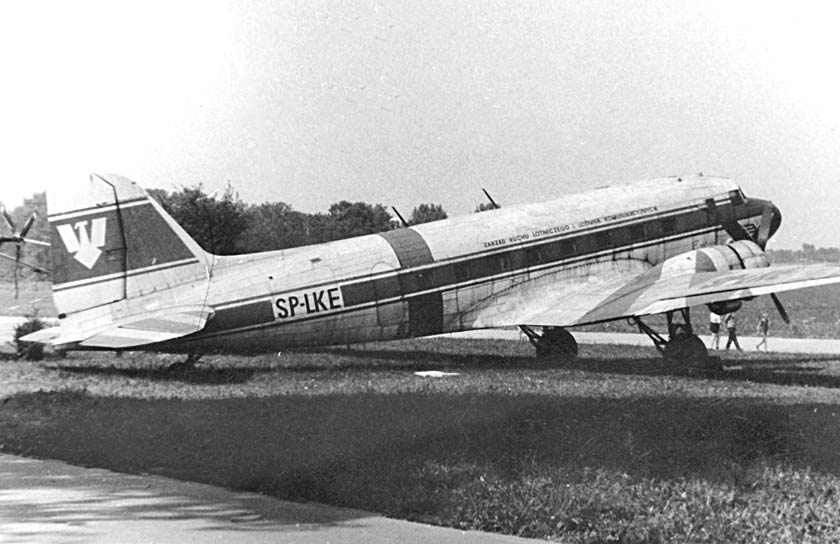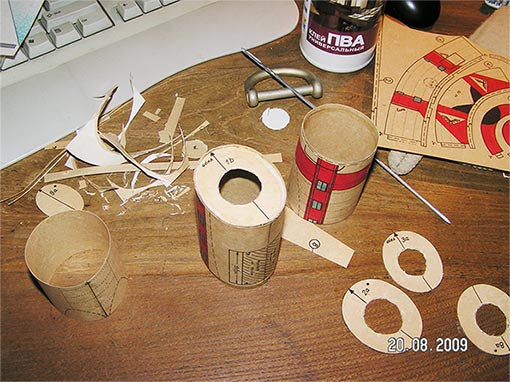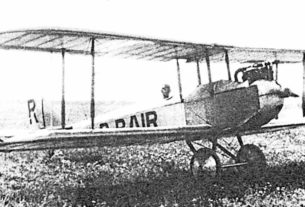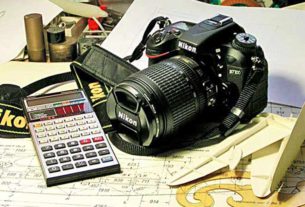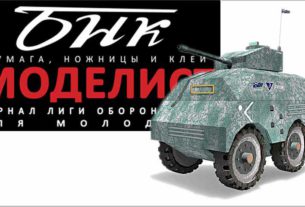I think absolutely everything is known about this aircraft. This is truly a legendary and well-deserved airplane that has done an incredible amount of work, perhaps in all corners of the world. Therefore, there is no need to describe the plane itself. Let’s look at the story of one assembly of this aircraft from the magazine “Maly”.
It was another “terrible mistake” in my life. I stumbled upon a stack of long-forgotten magazines dusting on the cabinet. And my six-year-old son, of course, noticed this with his sharp-sighted children’s eye. And I had to admit what it is and “how to play with it”…
In short, we took out a magazine, bought a PVA can and business started. True, not as fast as we would like, but so far the result is encouraging. Not everything is still lost ….
The first horror in the assembly process happened when, before the first cut of scissors, my eyes fell on the date of publication of the magazine: No. 11 for 1978 …. I felt trembling in my hands, as if touching a museum exhibit. 2010 minus 1978 … It’s 32 years ago! *) It’s nightmare….
But the decision was made and there was nowhere to retreat. The process has begun …. And here they are, the first results of the assembly. “Creative mess” quickly appeared on the desk ….
The model had been designed according to classical technology – the assembly of the casing on frames with transition valves, on which the following sections of the fuselage are mounted. Here, in general, everything is clear.
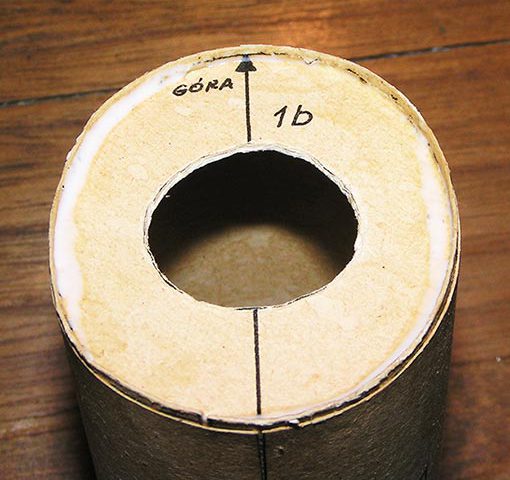
The marking lines of frames help to properly orient the parts when gluing. And the inscriptions like here “GƠRA” or “top”, will not let you get confused and make a mistake.
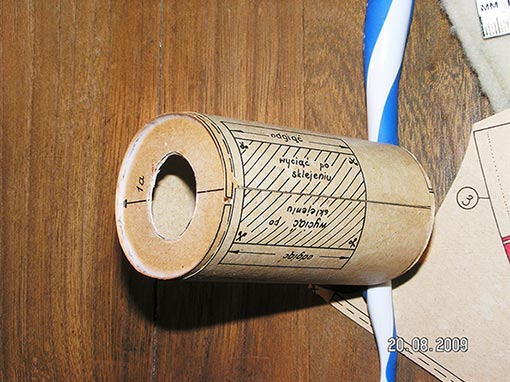
The middle part of the fuselage with markings for the center section. Often, the technology for assembling a model involves first an fuselage of the assembly, and then cutting through various holes in it. The photo is specially turned so that the slice is visible better (?).
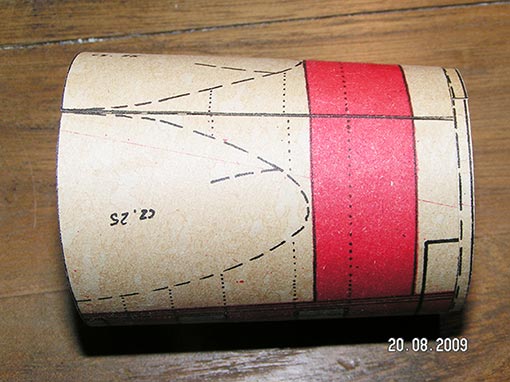
The next section is also going to this way. To the right, at the outlet of the section, a valve for docking the next section is visible. You can see the markings for the wing cowl and the painted bottom of the passenger door, which, unfortunately, does not coincide with the counterpart part in the next section. Why it happened, it’s hard to say: either the author’s mistake, or in thirty years the paper flattened …. 🙂
*) This article had been written in 2010 year.
To be continued…

